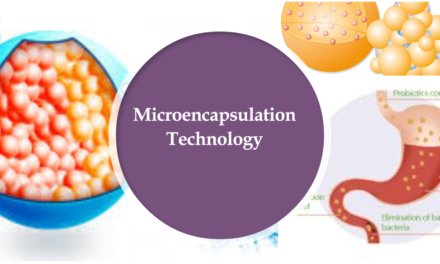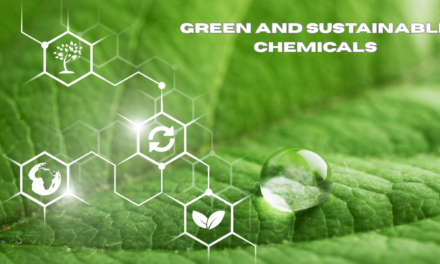The production of polymers and plastics relies on a variety of raw materials, primarily derived from petrochemical and renewable sources. These materials are converted through polymerization or polycondensation processes into versatile polymers for applications in packaging, construction, automotive, electronics, and more. Here’s an overview of the key raw materials used:
1. Petrochemical-Based Raw Materials
Petrochemicals are the primary feedstock for most conventional plastics and synthetic polymers.
A. Monomers
- Definition: Small, reactive molecules that polymerize to form long-chain polymers.
- Key Monomers:
- Ethylene:
- Source: Crude oil and natural gas (via steam cracking).
- Polymers Produced:
- Polyethylene (PE) – LDPE, HDPE, LLDPE.
- Applications: Packaging, pipes, containers.
- Propylene:
- Source: Cracking of hydrocarbons.
- Polymers Produced:
- Polypropylene (PP).
- Applications: Food packaging, automotive parts.
- Styrene:
- Source: Dehydrogenation of ethylbenzene.
- Polymers Produced:
- Polystyrene (PS), Acrylonitrile-Butadiene-Styrene (ABS).
- Applications: Packaging, appliances, electronics.
- Vinyl Chloride:
- Source: Chlorination of ethylene.
- Polymers Produced:
- Polyvinyl Chloride (PVC).
- Applications: Pipes, flooring, cables.
- Terephthalic Acid (PTA)/Dimethyl Terephthalate (DMT):
- Source: Oxidation of para-xylene.
- Polymers Produced:
- Polyethylene Terephthalate (PET).
- Applications: Bottles, textiles, films.
- Ethylene:
B. Additives
- Purpose: Enhance properties such as strength, flexibility, durability, or flame resistance.
- Examples:
- Plasticizers: Phthalates for flexibility in PVC.
- Stabilizers: Heat and UV stabilizers.
- Fillers: Calcium carbonate, talc for rigidity.
- Pigments: Titanium dioxide for coloring.
C. Intermediate Chemicals
- Examples:
- Bisphenol A (BPA): Used in the production of polycarbonate plastics and epoxy resins.
- Caprolactam: For nylon production.
2. Renewable and Bio-Based Raw Materials
Growing environmental concerns have spurred interest in renewable feedstocks for producing biodegradable and bio-based plastics.
A. Plant-Derived Raw Materials
- Corn, Sugarcane, and Cassava:
- Source of glucose and sucrose for fermentation.
- Polymers Produced:
- Polylactic Acid (PLA): Biodegradable plastic for packaging and disposable items.
- Bio-Polyethylene (Bio-PE): Produced from ethanol derived from sugarcane.
- Vegetable Oils:
- Examples: Soybean oil, castor oil.
- Polymers Produced:
- Bio-polyamides and bio-polyurethanes.
- Polyols for foam applications.
B. Cellulosic Materials
- Wood Pulp, Cotton, and Agricultural Waste:
- Polymers Produced:
- Cellulose acetate for biodegradable films and textiles.
- Polymers Produced:
C. Natural Rubber
- Source: Latex from rubber trees.
- Applications:
- Tires, elastic polymers, and adhesives.
3. Inorganic Raw Materials
- Silicon-Based Polymers:
- Source: Silica (SiO₂) from sand.
- Polymers Produced:
- Silicone elastomers and resins.
- Applications: Seals, adhesives, medical devices.
- Carbon Black:
- Source: Incomplete combustion of heavy petroleum products.
- Applications: Reinforcement in rubber and plastic composites.
4. Recycling and Secondary Raw Materials
- Post-Consumer and Post-Industrial Plastic Waste:
- Mechanical recycling to produce recycled polymers.
- Examples:
- Recycled PET (rPET): Used in bottles and textiles.
- Recycled HDPE: Used in pipes and containers.
- Chemical Recycling:
- Converts plastic waste back into monomers or fuel.
- Applications: Circular economy initiatives.
5. Specialty Chemicals and Functional Additives
- Flame Retardants:
- Examples: Brominated compounds, phosphorus-based additives.
- Applications: Electronics, automotive interiors.
- Impact Modifiers:
- Examples: Rubber-based modifiers for PVC and PS.
- Crosslinking Agents:
- Examples: Peroxides for thermoset polymers.
6. Emerging Feedstocks
- Algae and Microorganisms:
- Bioengineered organisms to produce bioplastics like Polyhydroxyalkanoates (PHA).
- Carbon Dioxide (CO₂):
- Conversion of CO₂ into polymer precursors such as polycarbonate polyols.
Conclusion
The production of polymers and plastics relies on a broad range of raw materials, including petrochemical derivatives, renewable feedstocks, and recycled materials. Advancements in bio-based and recyclable materials are addressing environmental concerns, while traditional raw materials like ethylene and propylene remain central to the industry. The growing shift toward sustainability and circular economy practices is reshaping the sourcing and development of raw materials in this critical sector.
Hashtags
#PolymerRawMaterials #PlasticRawMaterials #PolymerProduction #PlasticProductionMaterials #MaterialsForPlastics #Monomers #Polyethylene #Polypropylene #Polystyrene #PVCMaterials #PetrochemicalFeedstocks #FossilBasedPlastics #CrudeOilToPlastics #EthyleneAndPropylene #NaphthaAsFeedstock #BioBasedPlastics #RenewablePolymerMaterials #SustainablePlasticFeedstocks #GreenPlastics #BioPolymerProduction #PlasticAdditives #PlasticStabilizers #ColorantsForPlastics

















